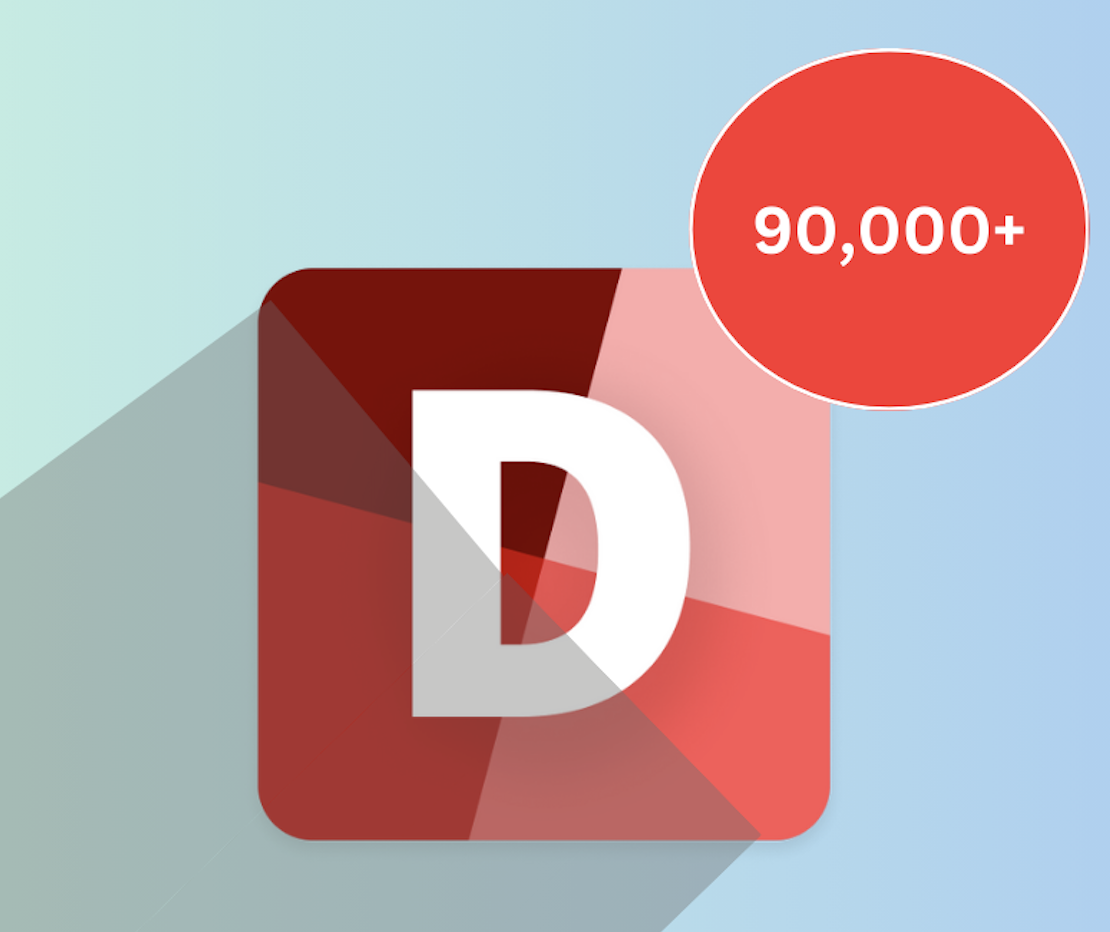Hello World!

Hello from the Delphi research group at Carnegie Mellon University! We’re a group of faculty, students, and staff, based primarily out of CMU together with strong collaborators from other universities and industry. Our group was founded in 2012 to advance the theory and practice of epidemic forecasting. Since March 2020, we have refocused efforts towards helping combat the COVID-19 pandemic, by supporting informed decision-making at federal, state, and local levels of government and in the healthcare sector. Until now, we’ve been pretty “heads down” with our work, and slow to communicate what we’ve been up to. But at last … Delphi finally has a blog! This first post serves as an introduction of sorts. Future posts will dive deeper into our various projects.
A Little Bit About Us
We (Roni and Ryan) are co-leads and co-founders of the Delphi group. When we started the group back in 2012, our mission was to develop the theory and practice of epidemiological forecasting, with a long-term vision of seeing this technology become as universally accepted and useful as weather forecasting is today. In the following years, we developed both nowcasting and forecasting models, focusing primarily on seasonal influenza in the US. Our forecasting system is a perennial top finisher in the Centers for Disease Control’s annual forecasting challenges. In 2019, we were named one of the CDC’s two Centers of Excellence for Influenza Forecasting.
Back when we formed the group in 2012, the “original four” members were David Farrow, Logan Brooks, Roni, and Ryan. By early 2020, pre-pandemic, we’d grown to about 7-8 members in size, and were happily and steadily making progress on flu forecasting and nowcasting, and making headway into dengue and norovirus. To learn about the work our group has done in the past, including some papers we’ve written, software tools we’ve built, and the real-time epidemiological data server we’ve been deploying since 2016, check out our website.
When the COVID-19 pandemic arrived, we focused all our attention on it. Our Delphi team quickly grew to 30+ members, and is still growing. Most of our members are volunteers, drawing talent from within CMU and several other universities, including Stanford, UC Davis, and USC, and also from industry. The pace has been intense and dizzying at times, and we’re infinitely grateful for the contributions and commitment of all our new members—we’d be nowhere without them. See here for a list of the Delphi team members.
With new members comes a new breadth of expertise: our expertise now covers statistical modeling, computation, systems engineering, user interfaces, visualization, digital epidemiology, and epidemic forecasting. We’ve been extremely fortunate to have developed several new relationships with stakeholders and supporters in government, the healthcare sector, and the tech industry; and of course, we’re proud and grateful for our existing relationships, especially our longstanding relationship with the CDC.
Our Mission and Strategy
While Delphi’s long-term mission remains to advance the theory and practice of epidemic forecasting, since March 2020 our goals are to help combat the COVID-19 pandemic and save lives and livelihoods. We aim to support informed decision-making at federal, state, and local levels of government and in the healthcare sector. Whenever possible, we strive to make our work useful to the private and public sectors, other researchers, the press, and the general public.
Our strategy:
Improve pandemic situational awareness and understanding by providing comprehensive, geographically-detailed, and continuously-updated indicators of pandemic activity and its impact, helping to make meaning out of the pandemic information deluge.
Support local, state, and federal governments’ ongoing decision-making in their attempts to balance public health concerns with economic preservation, by providing validated, verifiable, localized, short-term forecasts of epidemic spread and healthcare demand, under any assumed level of the local population’s mobility and distancing behavior.
Analyze and demonstrate the impacts of governments’ past tightening or loosening of mitigation measures (e.g., opening or closing schools or businesses, imposing or lifting bans on gatherings, shelter in place orders, etc.) on a population’s mobility and distancing behavior.
Engage continuously with our target users to communicate our findings, and inform our directions and priorities.
Make our products useful and accessible to other researchers and tool developers, to amplify their impact. To that end, we’ll continue to make everything we invent or produce publicly and freely available as soon as possible and to the greatest degree allowed, including models, algorithms, software, tools, estimates, and forecasts.
What We’ve Been Up To
So what have we been doing since March? We’ve been working towards our strategic goals above, and have made good progress on some of them.
Here’s a quick summary:
We’ve built a number of new indicators of COVID-19 activity. These are fine-grained geographically (most of them are available at the US county level) and temporally (all of them updated daily). They are designed to shed light on the current picture of COVID in the US, beyond the typical publicly-available metrics like confirmed cases and deaths.
Some of our indicators are based on massive-scale surveys that we’re running through partnerships with Facebook and Google, and others are based on aggregated counts from massive medical claims data sets through partners like Change Healthcare.
We’ve built a public API, and R and Python packages, to serve our indicators to researchers and the public. This API provides new data daily.
We’ve built interactive maps and graphics to display our indicators, and better inform the public and decision-makers.
We’ve developed forecasts of the future spread of the pandemic, validated them prospectively, and started submitting them to CDC.
In subsequent posts, we’ll dive deeper into many of these projects, and touch on what’s next for us (a lot… in many ways, we feel that our most important work is still ahead of us). Until next time!


